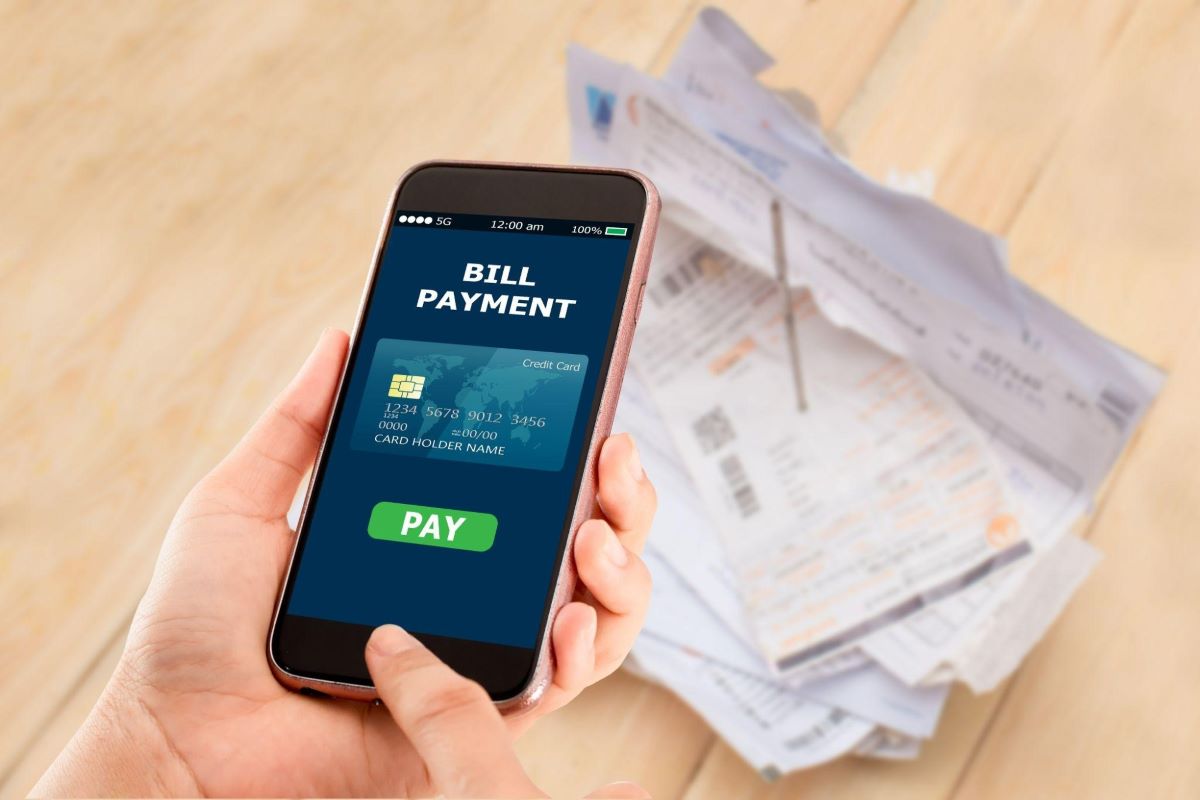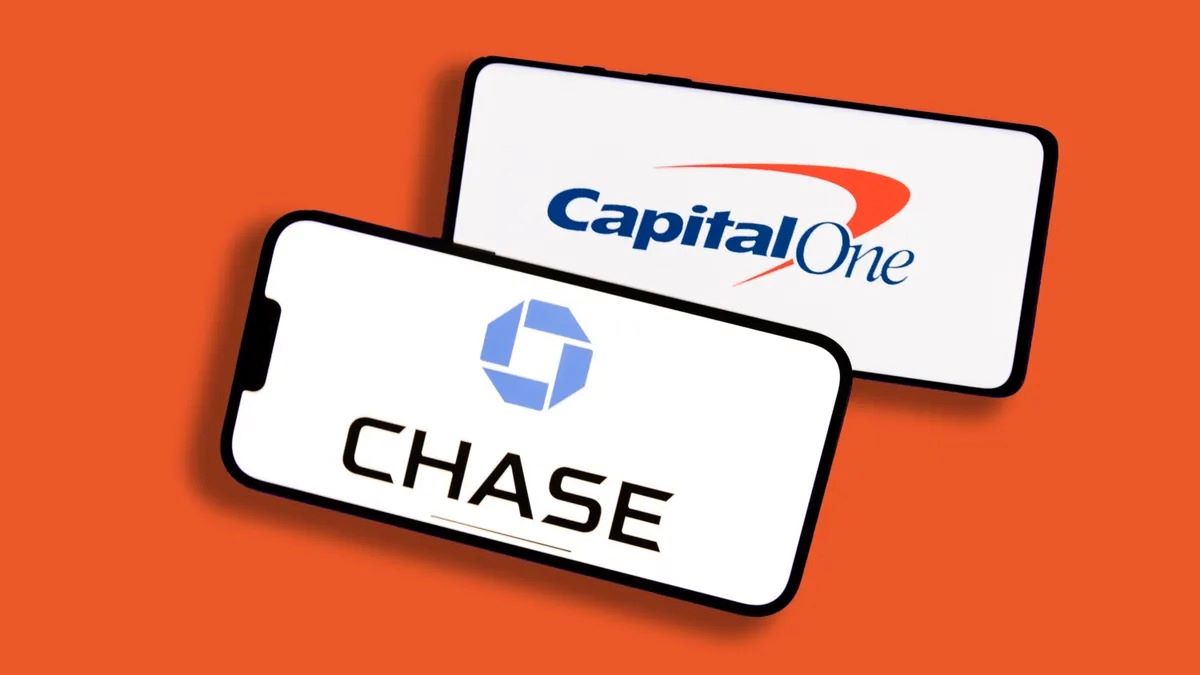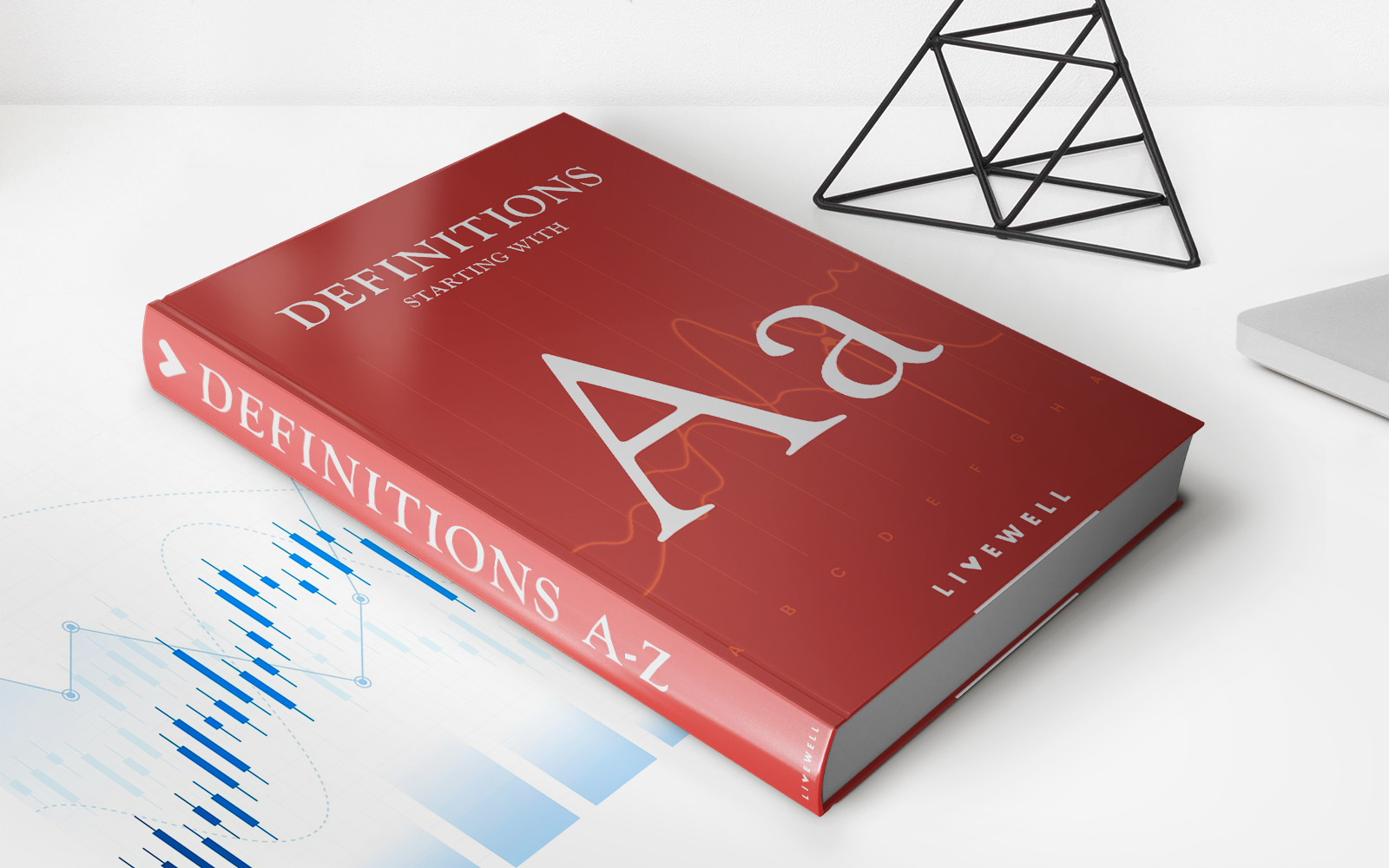Home>Finance>What Is My Minimum Payment On Credit Card Chase


Finance
What Is My Minimum Payment On Credit Card Chase
Modified: March 1, 2024
Find out how to calculate your minimum payment on a Chase credit card and manage your finances effectively. Explore tips to stay on top of your credit card payments.
(Many of the links in this article redirect to a specific reviewed product. Your purchase of these products through affiliate links helps to generate commission for LiveWell, at no extra cost. Learn more)
Table of Contents
**
Introduction
**
When it comes to managing credit card debt, understanding the concept of minimum payments is crucial for maintaining financial stability. Credit cards, like those offered by Chase, often require cardholders to make a minimum monthly payment. However, the specifics of how these minimum payments are calculated can vary, and it's important for cardholders to comprehend the factors that influence this calculation.
In this comprehensive guide, we will delve into the intricacies of minimum payments on Chase credit cards, empowering you with the knowledge to make informed financial decisions. From understanding the basics of minimum payments to exploring the specific calculations for Chase credit cards, we will equip you with the insights needed to navigate this aspect of credit card management effectively.
By the end of this article, you will have a clear understanding of how minimum payments are determined, the factors that impact these calculations, and valuable tips for managing your minimum payments to maintain financial wellness. Whether you're new to credit card management or seeking to enhance your existing knowledge, this guide will serve as a valuable resource in your journey toward financial empowerment. Let's dive into the world of minimum payments on Chase credit cards and unlock the knowledge you need to navigate this aspect of personal finance with confidence.
**
Understanding Minimum Payments
**
Minimum payments represent the lowest amount a credit card holder must pay each month to keep the account in good standing. While it may seem like a small and convenient option, it’s essential to grasp that making only the minimum payment can lead to long-term financial challenges due to accruing interest and prolonged debt repayment.
When cardholders make only the minimum payment, the remaining balance accrues interest, leading to increased overall debt. This can result in a cycle of debt that becomes increasingly difficult to break free from. Understanding the implications of minimum payments is crucial for maintaining financial health and avoiding the pitfalls of prolonged debt.
It’s important to recognize that minimum payments typically consist of a combination of the interest accrued, fees, and a small portion of the principal balance. This structure means that making only the minimum payment will extend the time needed to pay off the debt and significantly increase the total amount repaid due to accumulating interest.
By comprehending the implications of minimum payments, cardholders can make informed decisions regarding their credit card usage and repayment strategies. In the next section, we will explore the specific calculations for minimum payments on Chase credit cards, shedding light on the factors that influence these calculations and providing valuable insights into managing this aspect of credit card debt effectively.
**
Calculating Minimum Payments for Chase Credit Cards
**
Minimum payments for Chase credit cards are typically calculated based on a percentage of the outstanding balance, subject to a minimum amount. While the specific formula may vary based on the card’s terms and conditions, it often includes a percentage of the balance, fees, and any interest accrued during the billing cycle.
Chase commonly calculates the minimum payment as a percentage of the total balance, typically ranging from 1% to 3% of the outstanding amount. Additionally, any fees and accrued interest are added to this sum to determine the minimum payment for the billing cycle.
For example, if a credit card has an outstanding balance of $1,000, and the minimum payment percentage is 2%, the minimum payment would be $20 (2% of $1,000). However, if the interest accrued and any applicable fees amount to $30, the total minimum payment due for that billing cycle would be $50 ($20 + $30).
Understanding the specific calculations for minimum payments on your Chase credit card is essential for effective financial planning. By grasping how these payments are determined, cardholders can make informed decisions regarding their repayment strategies and overall credit card usage.
As we delve deeper into the intricacies of managing minimum payments, it’s important to explore the factors that can influence these calculations, shedding light on the elements that impact the minimum payment amount due each month. This understanding will empower cardholders to navigate their credit card debt responsibly and proactively manage their financial obligations.
**
Factors Affecting Minimum Payments
**
Several key factors can influence the minimum payments required for Chase credit cards, impacting the amount due each billing cycle. Understanding these factors is essential for cardholders seeking to manage their credit card debt effectively and make informed financial decisions.
1. Outstanding Balance: The total amount owed on the credit card directly impacts the minimum payment. Typically, the minimum payment is calculated as a percentage of the outstanding balance, meaning that higher balances result in larger minimum payment requirements.
2. Interest Rate: The annual percentage rate (APR) associated with the credit card plays a significant role in determining the minimum payment. Higher interest rates lead to increased interest accrual, which, in turn, contributes to a larger minimum payment amount due each month.
3. Fees and Penalties: Any applicable fees, such as late payment fees or over-limit fees, can influence the minimum payment. These additional charges are typically added to the minimum payment calculation, contributing to a higher total amount due.
4. Promotional Rates: If the credit card features promotional or introductory rates, the terms of these offers can impact the minimum payment calculation. Changes in interest rates following the expiration of promotional periods can lead to adjustments in the minimum payment amount.
5. Payment History: Cardholders’ payment history, including any missed or late payments, can impact the minimum payment due. A history of delinquency may result in higher minimum payment requirements as the credit card issuer seeks to mitigate risk.
By considering these factors, cardholders can gain insight into the elements shaping their minimum payments and take proactive steps to manage their credit card debt responsibly. As we proceed, we will explore valuable tips for effectively managing minimum payments, empowering individuals to navigate their financial obligations with confidence and foresight.
**
Tips for Managing Minimum Payments
**
Effectively managing minimum payments on Chase credit cards is essential for maintaining financial stability and working toward debt reduction. By implementing the following tips, cardholders can navigate their minimum payment obligations proactively and mitigate the long-term impact of credit card debt.
1. Pay More Than the Minimum: While the minimum payment is the required amount, striving to pay more each month can significantly reduce the overall interest accrued and expedite debt repayment. Even modest additional payments can make a substantial difference in the long run.
2. Prioritize High-Interest Balances: If holding multiple credit cards, focus on paying off the balances with the highest interest rates first. By allocating additional funds to these balances while making minimum payments on others, cardholders can minimize interest accumulation.
3. Budget Strategically: Creating a comprehensive budget that prioritizes debt repayment can empower individuals to allocate resources effectively. By identifying areas where expenses can be reduced and directing those savings toward credit card payments, cardholders can make meaningful progress in reducing their debt burden.
4. Avoid New Charges: While working to repay existing credit card balances, strive to minimize new charges. By refraining from adding to the outstanding balance, cardholders can focus on reducing existing debt without accruing additional interest.
5. Explore Balance Transfer Options: If feasible, consider transferring high-interest credit card balances to cards with lower or zero-interest promotional periods. This can provide temporary relief from interest accumulation, allowing cardholders to make more significant strides in debt repayment.
6. Communicate with the Card Issuer: In cases of financial hardship or unexpected challenges, don’t hesitate to communicate with the credit card issuer. They may offer temporary assistance or modified payment arrangements to help navigate difficult circumstances.
By implementing these strategies, cardholders can effectively manage their minimum payments, reduce overall debt, and work toward financial freedom. Understanding the nuances of credit card management and leveraging proactive approaches can pave the way for long-term financial wellness.
**
Conclusion
**
Managing minimum payments on Chase credit cards is a fundamental aspect of maintaining financial health and working toward debt reduction. By understanding the implications of minimum payments, the specific calculations for Chase credit cards, and the factors that influence these payments, cardholders can navigate their credit card debt responsibly and proactively.
It’s crucial for individuals to recognize that while minimum payments offer short-term relief, they can lead to prolonged debt and increased interest accumulation. Striving to pay more than the minimum, prioritizing high-interest balances, and strategically budgeting can empower cardholders to make meaningful progress in reducing their credit card debt.
By implementing proactive strategies and exploring options such as balance transfers, individuals can take control of their financial well-being and work toward a future free from the burden of credit card debt. Effective communication with the credit card issuer can also provide valuable support in navigating unexpected financial challenges.
Ultimately, by leveraging the insights and tips provided in this guide, cardholders can approach minimum payments with confidence and foresight, paving the way for long-term financial wellness and debt reduction. Empowered with knowledge and proactive strategies, individuals can embark on a journey toward financial freedom, unencumbered by the weight of credit card debt.
As you navigate your credit card obligations, remember that each step taken toward responsible credit card management contributes to a brighter financial future. By making informed decisions and prioritizing debt reduction, you are actively shaping a path toward lasting financial stability and empowerment.














